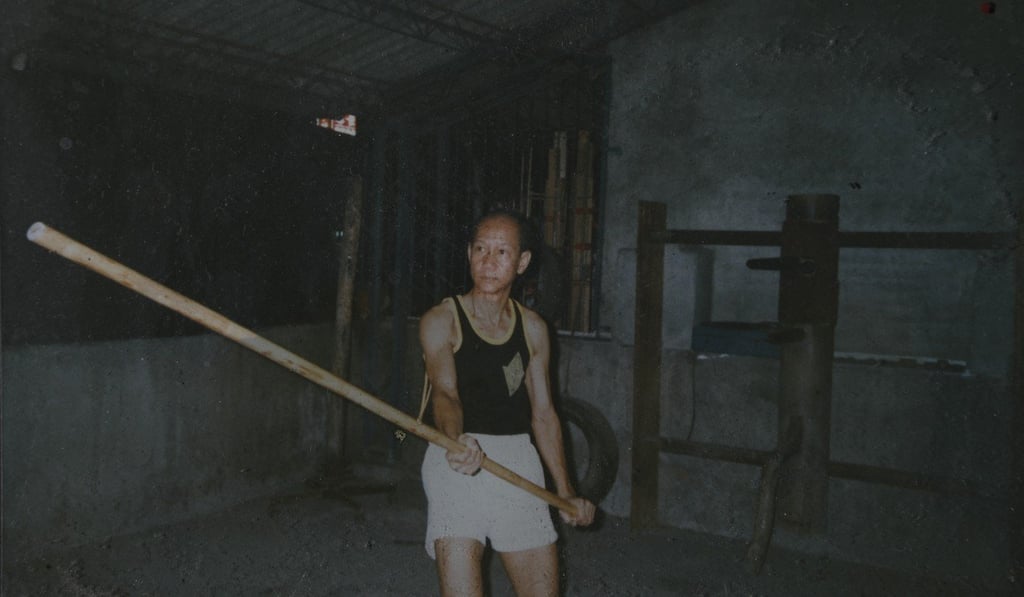Me and my uncle Ip Man taught Bruce Lee Wing Chun kung fu. He was rubbish when he started
• Kung fu master Lo Man Kam, 86, says his uncle and sifu tried to turn street-fighting Lee into a gentleman
• One key lesson: Wing Chun is not about fighting, it is about avoiding the fight

Kung fu family I was born in Hong Kong in 1933, though for the past several decades I have lived in Taiwan, where I teach Wing Chun kung fu. In early 1950, when I was not quite 18, I started studying Wing Chun in Hong Kong under my uncle on my mother’s side, Ip Man. Ip Man came from a big family; he was the second son and my mother was the first daughter, a little older.
Ip Man started studying kung fu when he was seven years old. At the end of 1949, he travelled from Canton to Macau and then on to Hong Kong. China had been conquered by the Communists in the civil war. Ip Man had been a police colonel, but felt he was in danger following the change of government, so he fled. Fortunately, he had a good friend in Hong Kong, Li Man, who was also a friend of my father. The three of them had history, going back to Foshan, in southern China, where my family is originally from.
Foshan itself has a history of rebellion. When the city was under the control of the Qing dynasty, over a century ago, the emperor came from the north, and the southern people of Foshan hated him. So, they studied kung fu as a means of defying the emperor. That’s why kung fu runs in my family’s blood.
Master classes During Lunar New Year in 1950, I went with my uncle to the Wing Chun Association for the first time. There were only five or six students in that first class. People always ask, “If Ip Man was so great, why did he have so few students?” The reason was that only members of the association could join classes, and to become a member, you had to pay. I wasn’t a member, but because Ip Man was my uncle I was allowed to take part.
Every evening after we finished our kung fu training, we would all sit around a table and eat simple food together. In the early 1950s, Hong Kong people were poor. But we were still able to sit around the table like brothers and talk about what we had learned that day. Ip Man didn’t think of his school as a business but as a way to help his students, who he treated as family. There was no first or last in his class. Everyone was equal. Of those original students, I am the only one left.

Enter the dragon Bruce Lee came to join my uncle’s class in 1956. He was 16 years old. At that time the school was in Li Da Jie (Lei Tat Street, in Yau Ma Tei). Lee had not studied Wing Chun before. He was fighting in the street a lot, but he never won. By then, I was teaching with my uncle. Lee studied hard, but he used it to hurt people sometimes and Ip Man would scold him, saying, “You are learning kung fu. You are not learning how to fight.” Lee listened. He would come every day for the morning class.